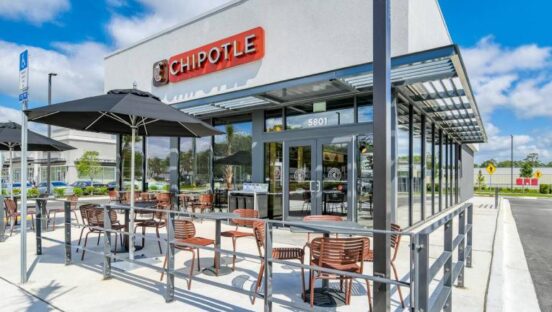




Plant-Based Power
The rise in popularity of plant-based protein is one of the most significant and noticeable food-based trends of the past few years.
There has long been a handful of interesting and nominally popular plant-based protein products in the quick-service restaurant sector, and it’s really exploded over the latter half of the past decade.
Nowadays, quite a few quick-service restaurants are hitting the mark when it comes to plant-based protein items that closely imitate the texture, feel and taste of animal-based meat. Pizzeria operators are vigorously embracing plant-based toppings like pepperoni, meatballs, and sausage, and even non-dairy cheese alternatives. Breakfast dayparts are being invigorated by menu items with plant-based bacon, sausage and eggs. And there is the increasing popularity of the “original”, plant-based protein menu items that are based on guacamole and avocado, which are seeing widespread traction, across many demographic categories.
The biggest factor for success is the ability to adapt and change. Any question as to whether plant-based protein is a passing fad or a lasting trend is settled. Plant-based protein is nothing short of a tectonic shift in consumer preferences. Consumers, on aggregate, are looking to add more plant-based foods to their diets, full stop. It’s now time to seize the opportunity and innovate.
Kudos for innovation is nice, but since most quick-service restaurants are for-profit organizations, there must be clear, long-term economic benefits. Here’s four to start with:
Acquire new customers
While the entire foodservice industry has been increasingly adding vegetarian and vegan options to menus, people who follow vegetarian/vegan diets (although they are not a clearly defined demographic) do not typically overlap with those demographics that are considered highly desirable quick-service restaurant customer segments. In other words, the demographics that are hard-fought over. Also, since many people generally do not eat alone, if someone in a family or group of colleagues from work prefers plant-based protein, the entire group will be more likely to order from or dine at a quick-service restaurant that can accommodate those with plant-based dietary preferences.
Adding creative and good quality plant-based protein selections—which drives the publicity covered in the previous point—can be a very cost-effective way to attract the vegetarian and vegan demographic into the locations.
Plant-based Protein Items: Great Vehicles for Menu Reinvention
Revamping or even updating the menu is a time-tested measure when it comes to quick-service restaurants and their efforts to evolve, adapt and ultimately capitalize on emerging food trends. Journalists like to say that if two of something is an interesting coincidence, and three is a trend, and four is a story, the fourth big quick-service restaurant chain to launch a new menu item based on a plant-based protein product took place a few years ago. At this point in time (and for the foreseeable future) plant-based protein menu item launches by quick-service restaurants are, in many instances, quite newsworthy and draw a significant volume of media attention.
When plant-based protein menu items are rolled out, even in limited capacities such as LTOs and regional store tests, they draw solid news coverage and social media buzz.
Appeal to Millennials
According to the USDA, Millennial households (parents born after 1980) devote the “smallest share of food expenditures to grains, white meat, and red meat” among all other generations. They also place a very high value on convenience, and they like to buy prepared food. And lest one gets the idea that they’re eschewing meat solely for health reasons, the study also found that millennials generally “purchase a larger share of prepared foods, pasta, and sugar/sweets than the other generational cohorts.” quick-service restaurants can become the entry-point for Millennial consumers who may want nothing to do with vegetarian or vegan choices, but will pursue a plant-based diet – for no other reason than they believe it to be more environmentally sustainable.
Given that the Millennial generation accounts for 25 percent of the U.S. population and projected to spend $1.4 trillion annually by 2020, clearly tremendous opportunity for quick-service restaurants to capture a significant percentage of the Millennial market for convenient plant-based items.
Lower Ingredient Costs
When it comes to reducing costs, protein-rich plant-based foods offer benefits, in some cases, a longer shelf-life than animal products and possibly less price volatility.
The plant-based foods market is predicted to comprise 7.7 percent of the global protein market by 2030, worth $162 billion. Plant-based protein is a trend that is here to stay. Animal-based protein is still king, and will be for a long time, but it’s no longer an either/or equation.
Annemarie Vaupel is vice president of marketing, Foodservice at Hormel Foods, a global branded food company with over $9 billion in annual revenues across 75 countries worldwide. She is responsible for the overall development of marketing, brand strategy and financial performance for the Foodservice business. Annemarie has been a member of the Hormel Foods team since 2002.













